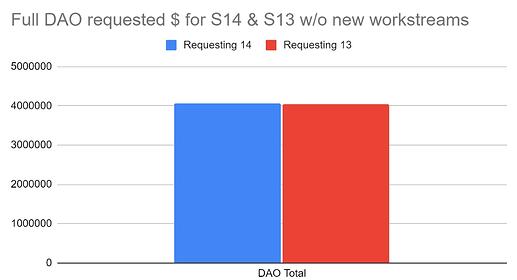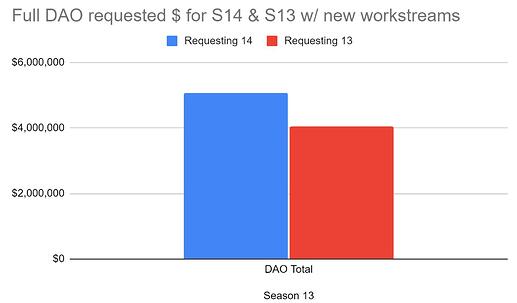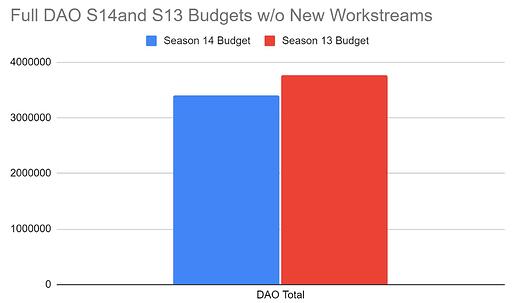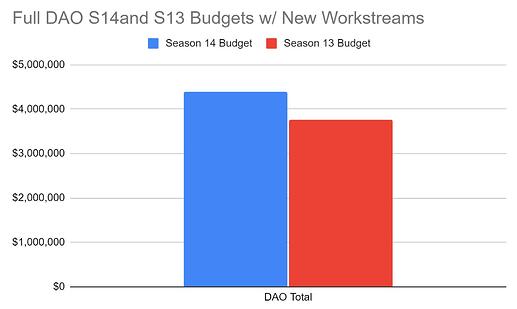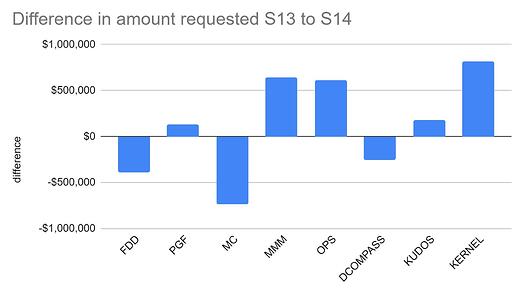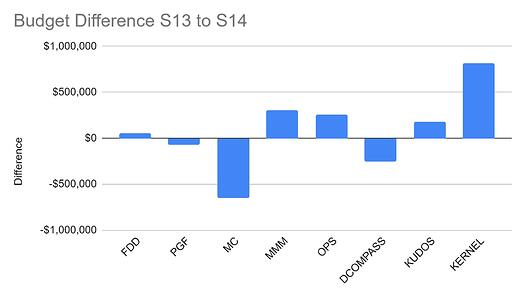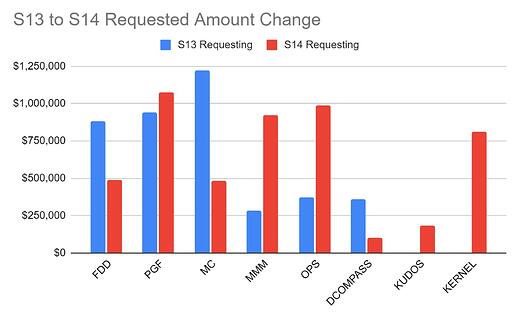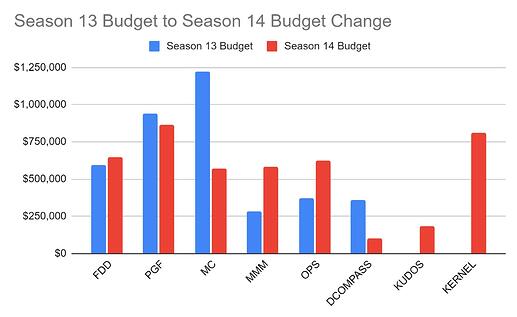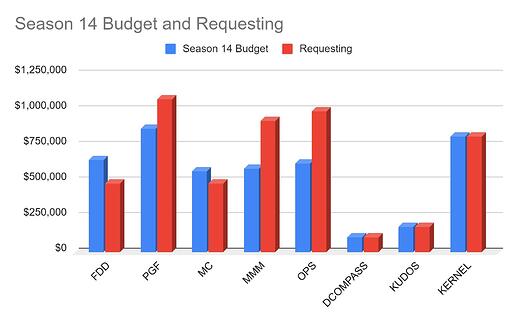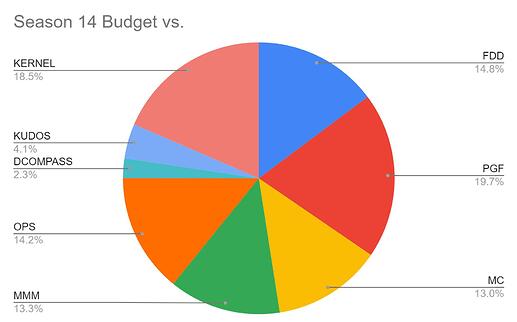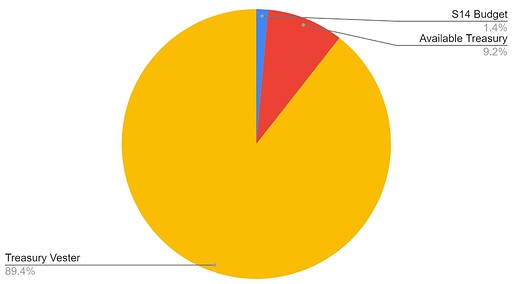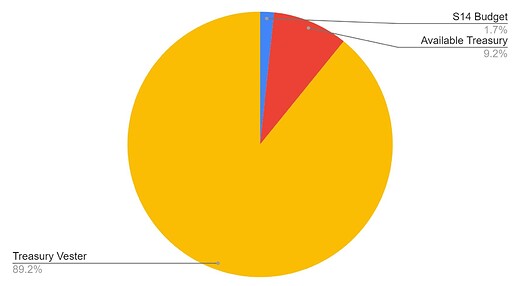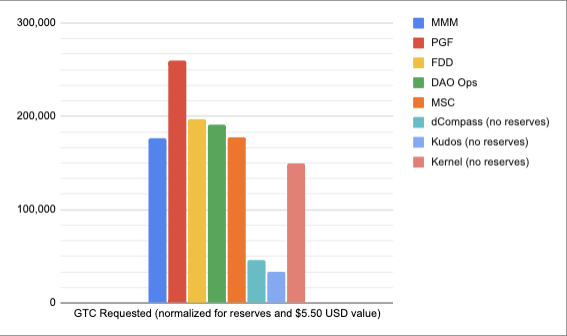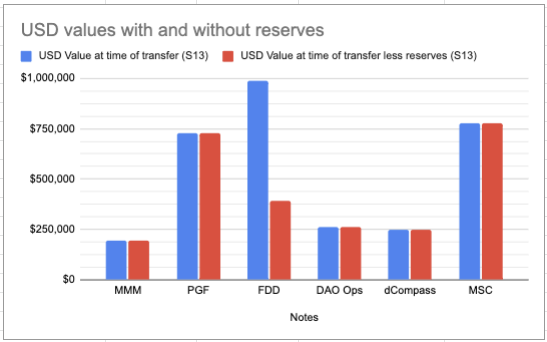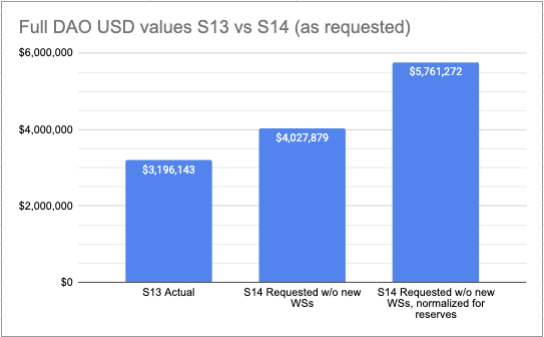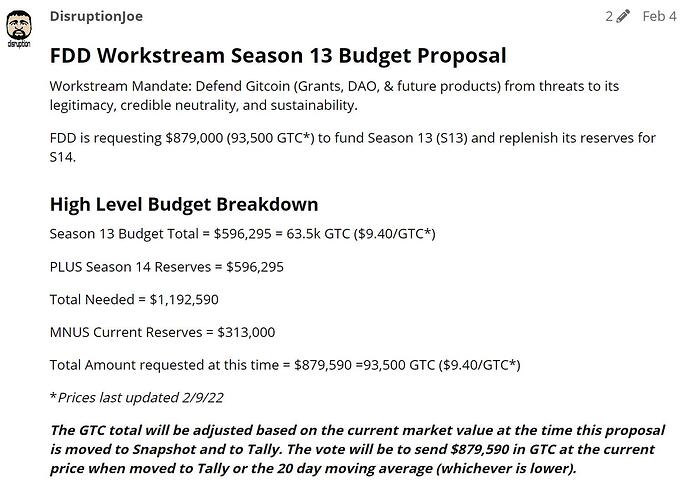Before you begin:
This quick analysis was done by me with a little brainstorming and data gathering help. Our intention is for you to leave comments with a “wishlist” of visualizations and things you would like to know. Then our real analysts can create a seasonal report that will show all this info in a much better way.
Second thing, please be aware of the way two key terms are being used:
“Budgeted” is referring to the $USD value the workstream reports as their needs for the season. This does not include reserve amounts. It is used to show how much each workstream feels they need to execute on the deliverables listed on their proposal.
“Requested” refers to the amount the workstream requests to be removed from the treasury. Workstreams which either had explicitly asked for reserves or which did not use their full budget in the prior season may show a lower request amount because they already have reserves to roll over into this new season.
With that said, please review and comment for our team to compile better info for you next round! Here is some info:
If you don’t include the 2 potential new workstreams (Kernel & Kudos), the Season 14 total amount requested between all the workstreams is about the same as Season 13, but including the new workstreams does show a larger request this season.
Now if we separate the reserve amounts from the budgets that a workstream has requested for the season, we see without the new workstreams the budgeted amount for Season 14 is DOWN from season 13 overall.
Here is the change in how much was requested from Season 13 to Season 14. Notice that FDD had reserves explicitly held and Moonshot Collective had a very large budget which they did not use the majority of. Other workstreams like MMM and DAOops have substantially higher budget amounts AND this is their first season asking for reserves. (CSDO ratified that all structured workstreams would ask for up to 60 days of reserves.)
… and the change in each workstream’s seasonal budget from S13 to S14. Notice that FDD is slightly up in ask, while Moonshot is substantially down. MMM and DAOops are both up due to hiring and expansion similar to what FDD went through the last two seasons. When seeing this along with this being their first season requesting reserves, their requests look quite a bit higher than other streams.
Here is each workstreams requested amount from S13 to S14
… and this is each workstreams seasonal budget for seasons 13 & 14
This is each workstream’s season 14 budget next to the amount they are requesting. Note that workstreams with prior reserves (whether made explicit or not) are not requesting as much due to the rolling over of reserve funds.
Finally, here is each workstream’s season 14 budget as a pie chart. (If viewing from your phone, you may need to click the image to see the percentages.)
…to compare to last season.
Here are views requested by stewards to show how the season 14 overall budget relates to the total holdings of GitcoinDAO.
Happy voting!!!
Shout out to @Adebola @omnianalytics & @tjayrush for inspiration/requests & help. The FDD data team will be taking requests for what you would like to see on a season voters dashboard in the comments below.
